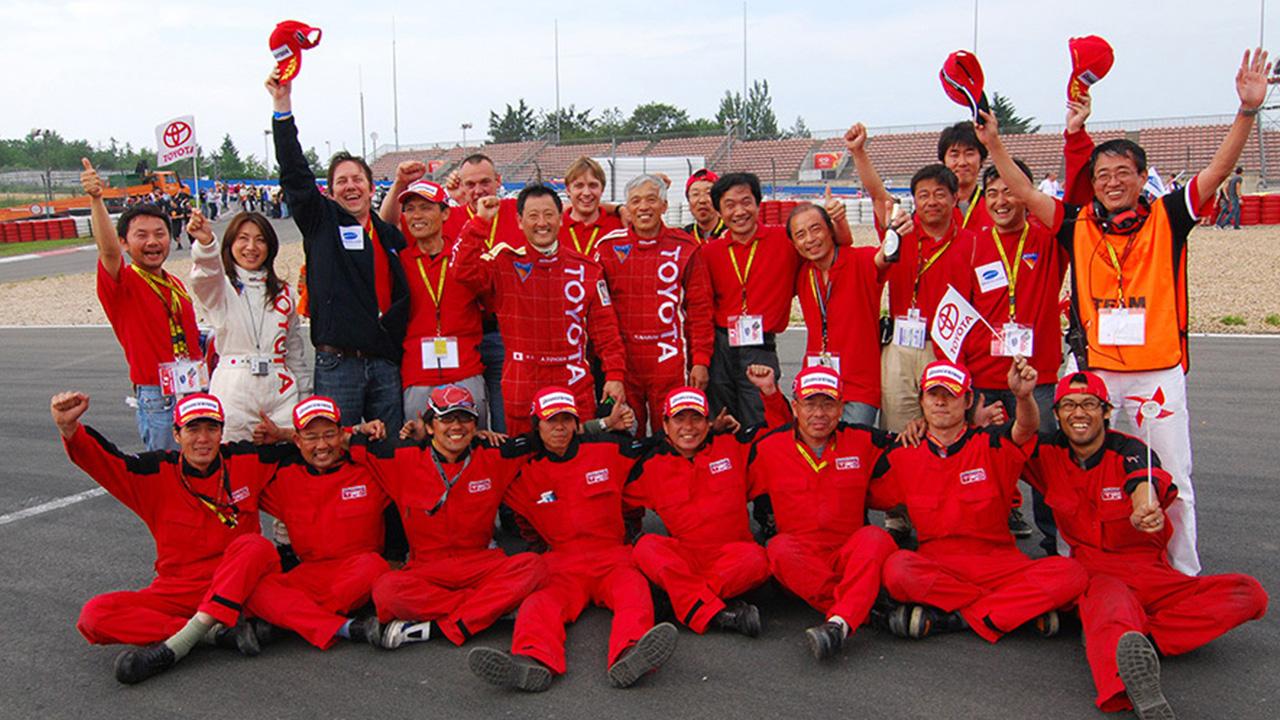
In this special feature looking back on Akio Toyoda's 14 years as Toyota's 11th president, Part one traces the course of his reforms from a product perspective.
Embodying the spirit of motorsport-driven development
Just as the fourth-generation Prius embodied the shift to TNGA with improved driving performance and lower costs, the GR Yaris was another car with many roles.
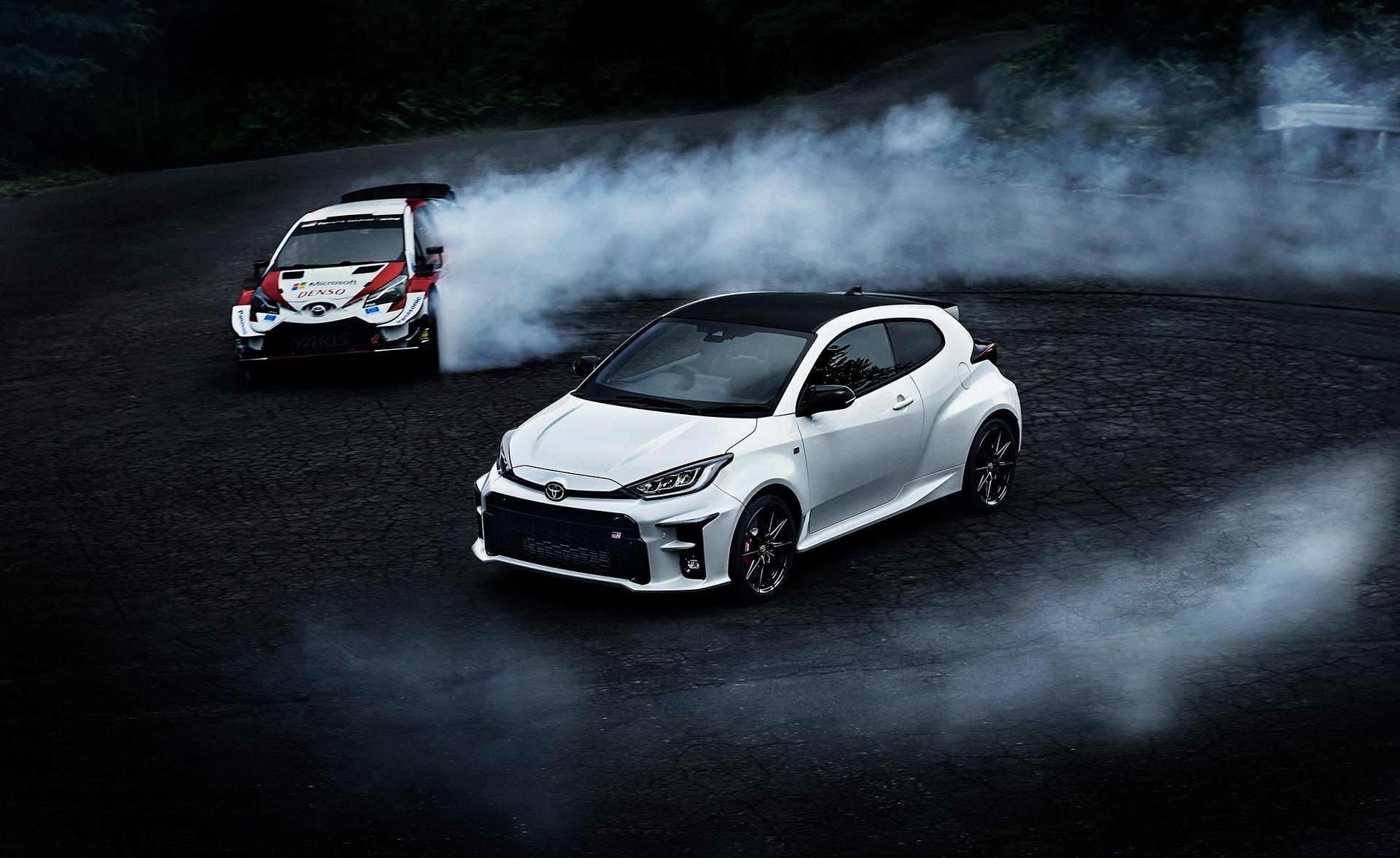
In 2017, Toyota entered the Yaris WRC in the World Rally Championship, returning to the competition for the first time since 1999.
The extreme conditions of motorsport demand far higher levels of performance than regular driving. For the Yaris WRC, elements such as the powertrain, suspension, and control systems were honed under such conditions.
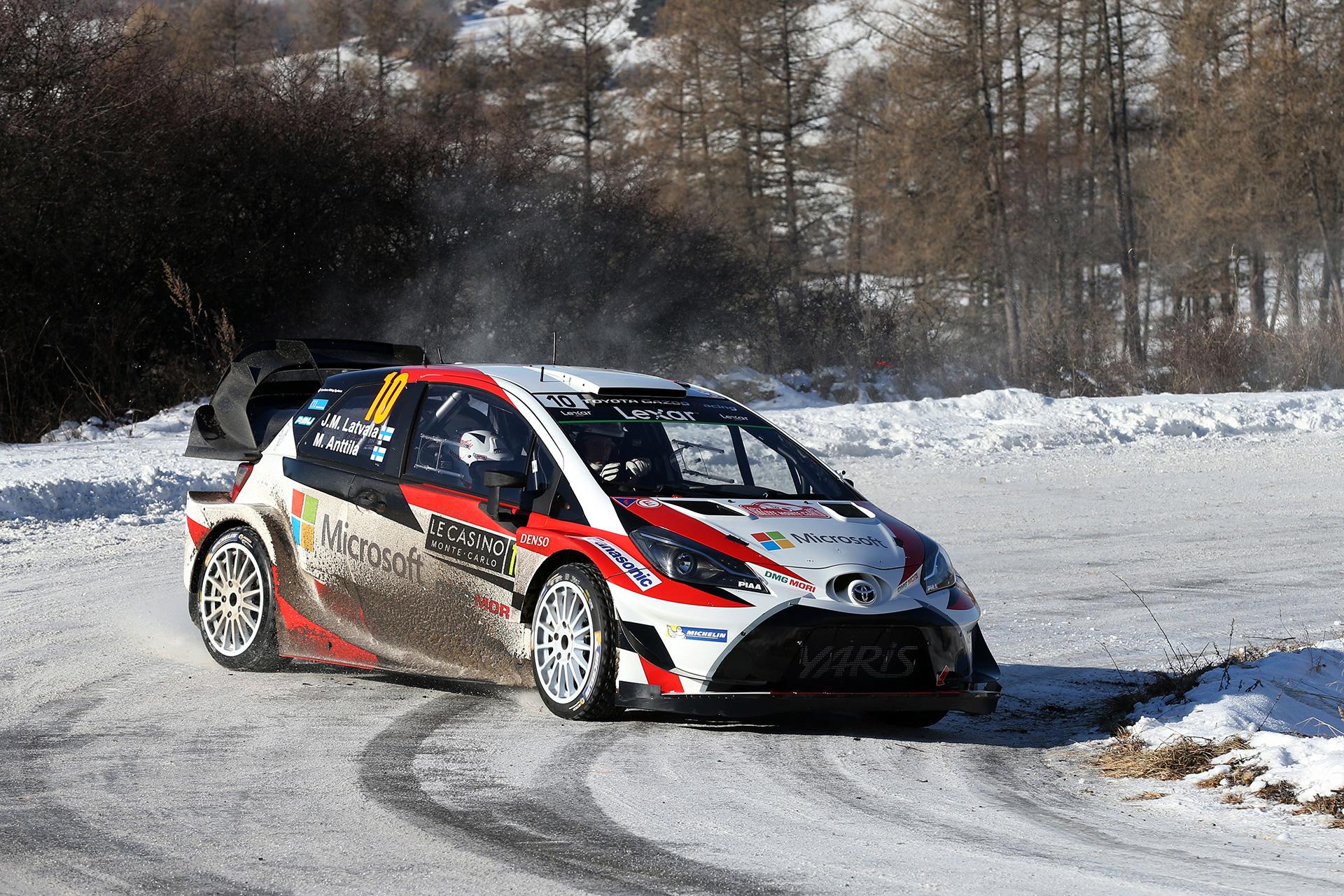
At the same time, in a competitive world full of problems and breakdowns, the periods between races must be used to improve the car. Drivers, engineers, and mechanics go beyond their usual areas of expertise to make improvements within these limited windows.
Motorsports is truly an environment where roads build people, and people build cars.
The knowledge gained through the WRC was reflected in the body rigidity and suspension of the GR Yaris, developed as the basis for Toyota’s next world rally contender and launched in 2020.
Overturning the usual approach in which an existing production car is modified to compete in motorsports, with the GR Yaris, Toyota created a production model using the base of a race-winning vehicle.
Although Akio had revived cars like the 86 and Supra, both had been joint developments with Subaru and BMW. He poured extraordinary passion into creating a sports car developed by Toyota from the ground up.
For the GR Yaris, Akio was personally involved in development from the outset, jumping behind the wheel as master driver. The TOYOTA GAZOO Racing website features a video tracing the development journey, in which Akio tells how the cars were thrashed and battered to bring any flaws to the surface, which the team then fixed one by one.
Shortly after its launch in September 2020, the GR Yaris scored a class victory in the Super Taikyu Series Fuji 24 Hours. In 2021, it was awarded UK Car of the Year, becoming a driving force of the GR brand.
The cycle of sports car development
Akio also set about revamping Toyota’s other sports cars.
The 2000s saw many of the company’s sports car models come to the end of the road. Production of the second-generation Supra ended in 2002, followed by the Altezza in 2005, and the MR-S in 2007.
In those days, as the company sought to expand by increasing sales volumes, especially overseas, Toyota’s strategy was centered around cars that “sold well and made money.” This meant that sports cars, seen as serving only true enthusiasts, were left out of the main lineup.
Undaunted, Akio revived a succession of sports cars, starting with the Lexus LFA (2010) and the 86 (2012). The year before the LFA’s launch, Akio outlined his reasons for continuing to develop sports cars on GAZOO, an informational website on Toyota’s cars.
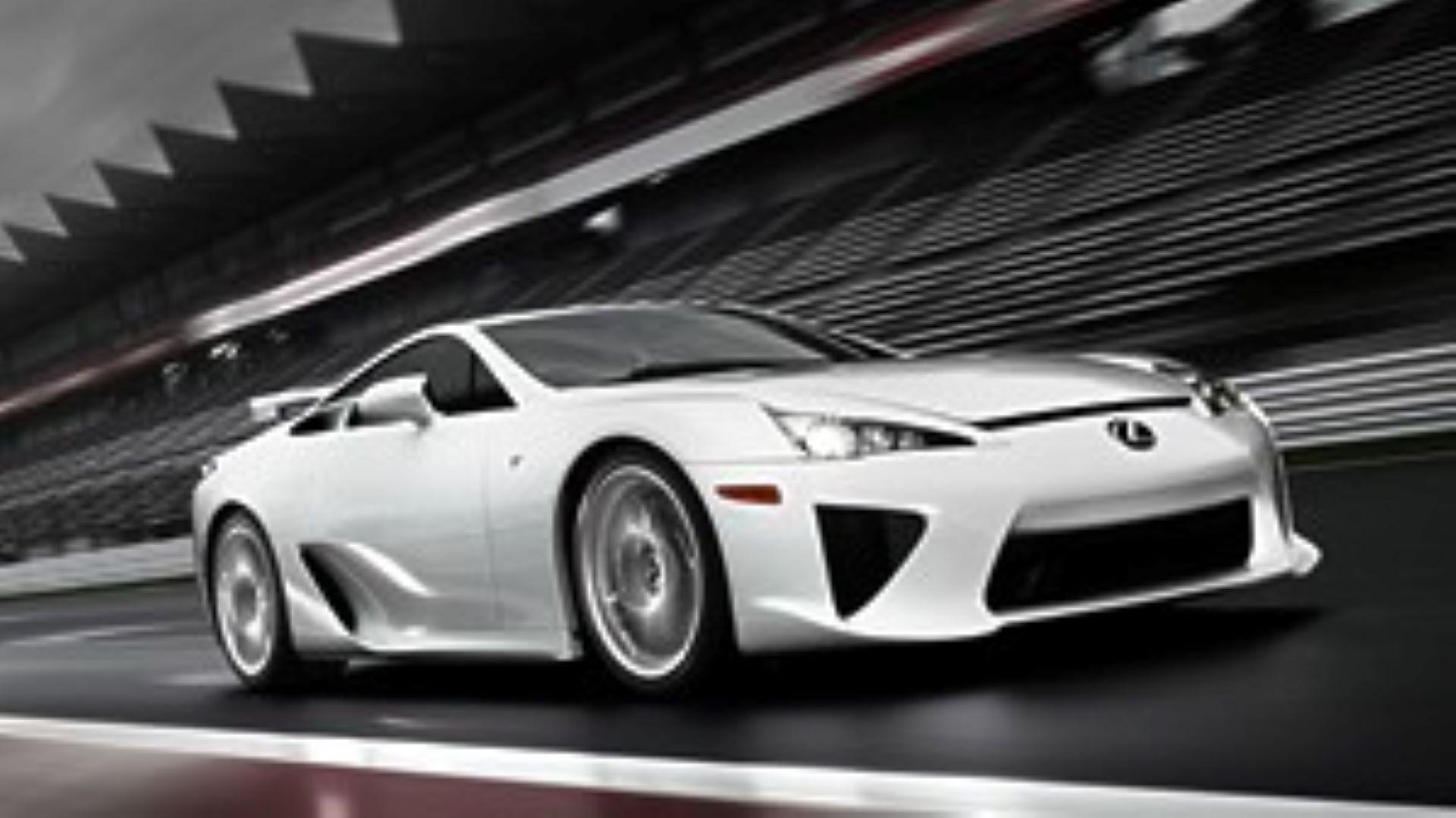
Sports car development is like Ise Jingu’s Shikinen Sengu ceremony.
This ceremony involves relocating the entire grand shrine from east to west, or west to east, once every 20 years.
In doing so, skills and techniques, including the sourcing of materials for building the shrine, are passed on.
…
Rather than abandoning development because “times are bad,” I think it’s vital that, even in times like these, we look to the future and continue to pass on our skills and technologies.
Of course, the LF-A (LFA prototype concept car) contains many technologies that did not exist 20 years ago.
There have also been various technological breakthroughs, including carbon materials, functional components, and technologies that allow a car to turn or stop safely even when driving at speeds of 300 km/h.
Considering that these advances will now be incorporated into all kinds of vehicles, I see no reason to stop developing.
(GAZOO feature article “Ise Jingu’s Shikinen Sengu,” May 29, 2009)
Group strategy and in-house company system
In prioritizing cars that sold well and made money, Toyota had fallen into the habit of updating long-selling models such as the Crown and Corolla only when their time was due.
Akio, on the other hand, believed that a car only became a long-seller by continuing to change with the times. Instead of making minor changes at set intervals, he overhauled the company’s carmaking—from development and production to procurement, sales, and back-office operations—to flexibly offer “ever-better cars” in response to demand.
Products came to be expanded as groups—the Corolla evolved beyond the sedan with new Sport and Cross models, while the GR Yaris and Yaris Cross were added to the Yaris lineup.
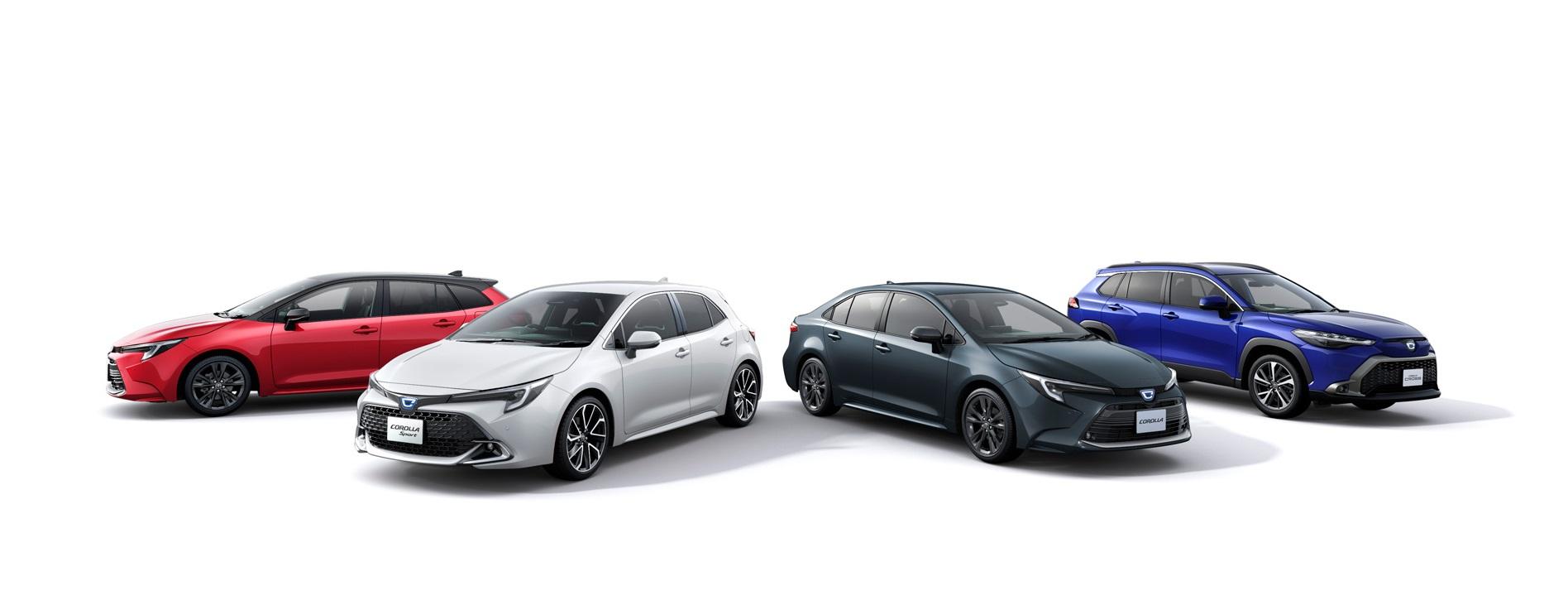
In 2016 came the in-house company system, which divided Toyota into smaller entities around products—Toyota Compact Car Company, Mid-size Vehicle Company, CV Company, Lexus International Co., Emerging-market Compact Car Company (launched in 2017)—and functions—Advanced R&D and Engineering Company, Powertrain Company, Connected Company.
Bringing everything from planning to production within each of these smaller companies allowed for faster decision-making.
Here is how Akio described his aims for the in-house company system at the time:
In April this year, we implemented a wide-reaching reorganization. We have taken another step toward creating ever-better cars by splitting our organization into smaller independent and product-focused companies. We made this decision because products are the starting point for our efforts to create ever-better cars.
…
Under a system of smaller companies, cars that might seem insignificant alongside a figure like 10 million may have a better chance of survival.
The things that customers value in their cars, and the way that customers use their cars vary greatly. That's why we will leave it to each company to determine their priorities in terms of performance, design, and value. This will enable us to be more flexible than ever in providing the cars that our customers want.
In the future, the product lineup of each company is likely to change in the same way as it did with Lexus. In fact, one aim for the future is to bring about radical change to the very idea of the car itself.
(Presentation of financial results for fiscal year to March 2016)
The system’s introduction allowed each company to prioritize development based on the vehicles it felt were needed by society or individual regions, rather than purely on sales volumes and profits.
In 2017, Toyota brought out an updated Coaster for the first time in 24 years, followed by a brand-new Century in 2018, 21 years after the last full redesign.

